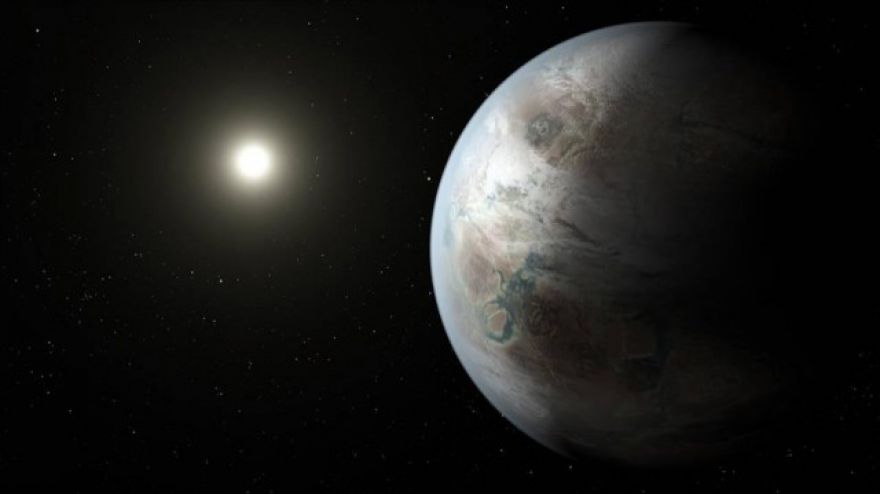
There Are 1,004 Nearby Stars Where an Alien Astronomer Could Detect Life on Earth
We are in the very early stages of exploring the universe, and our efforts have uncovered thousands of exoplanets. We don’t yet know if any of them support life, but maybe one day we’ll know. In the meantime, Earth is the only planet we know for certain does host life. Researchers from Cornell University and Lehigh University turned this question around. We know Earth has life, but does anyone else? The new study says that, yes, where an alien looking at Earth could potentially know we’re here.
There are more than 4,000 known currently, and most of them were identified with the Kepler Space Telescope.
Here’s the catch: we can only see transits if the plane of an alien solar system is aligned with ours. Otherwise, the planet doesn’t pass in front of the star from our perspective. Professors Lisa Kaltenegger and Joshua Pepper looked at this from the other side — which solar systems would be able to make a transit observation of Earth and detect life-associated molecules in our atmosphere?
Using NASA’s Transiting Exoplanet Survey Satellite (TESS) star catalog, the pair looked 300 light-years in all directions to find candidate solar systems, ruling out stellar remnants like white dwarfs that cannot (as far as we know) host alien life. There are a huge number of main-sequence stars in this region of space, but only a fraction of them would be able to see Earth passing in front of the sun from where they are.
The final count, according to Pepper and Kaltenegger, is 1,004. Of those, 508 have angles that would give them at least 10 hours of observational data every time Earth transited the sun. However, 5 percent of the total are stars too young to have developed planets or life. The rest, though, could hypothetically have habitable planets, and two of them have known exoplanets.
In every one of those solar systems, beings like us with an understanding of planetary transits could be seeing Earth darken the sun every year. They might be able to estimate Earth’s size and distance from the sun, and that would indicate the possibility of liquid water on the surface. If they’re a little more advanced than us, they might already have the equivalent of the James Webb Space Telescope, which NASA hopes to launch in the next few years after numerous delays. An instrument such as that could detect the presence of water vapor, methane, phosphine, and other compounds that suggest life. Maybe an alien astronomer is, right at this moment, having a eureka moment as they realize someone is looking back at them from Earth. You should wave hello to be polite just in case.
Now read: